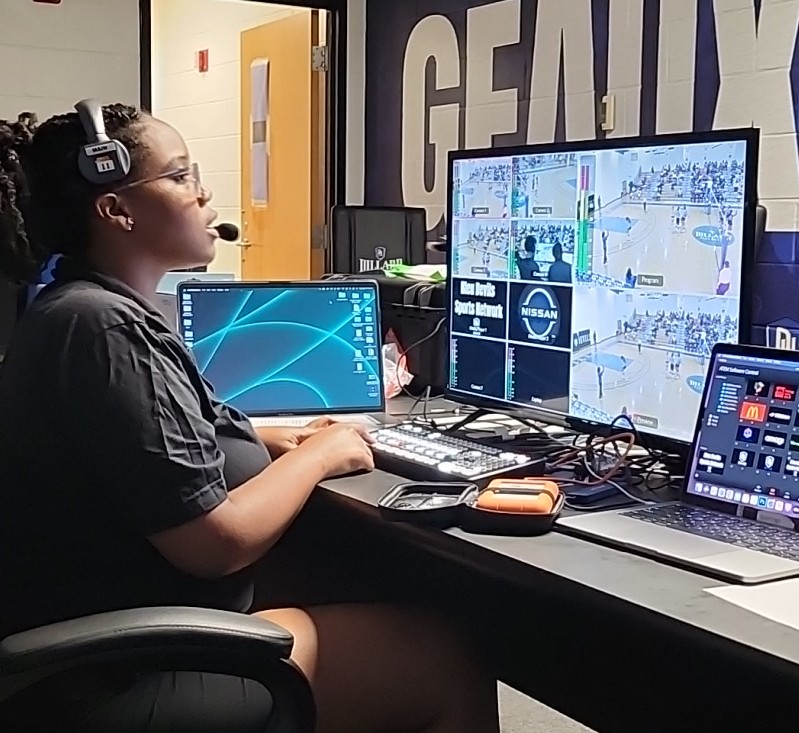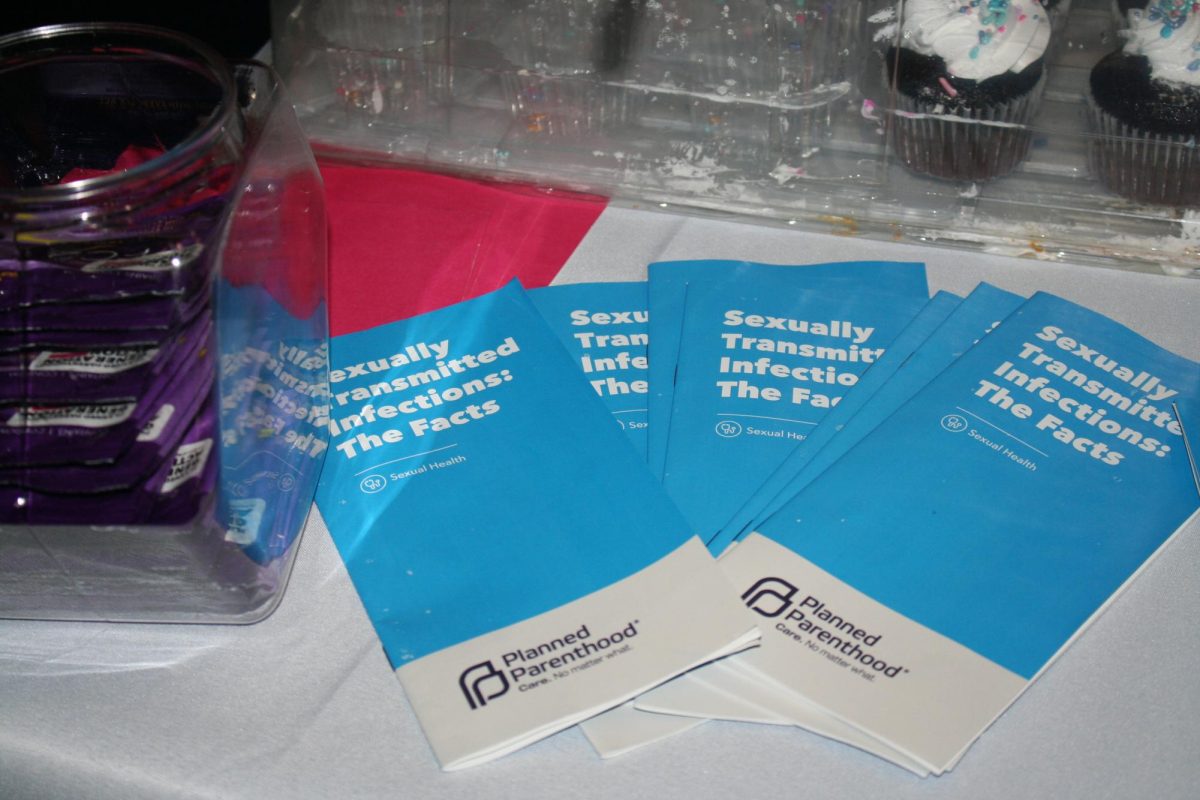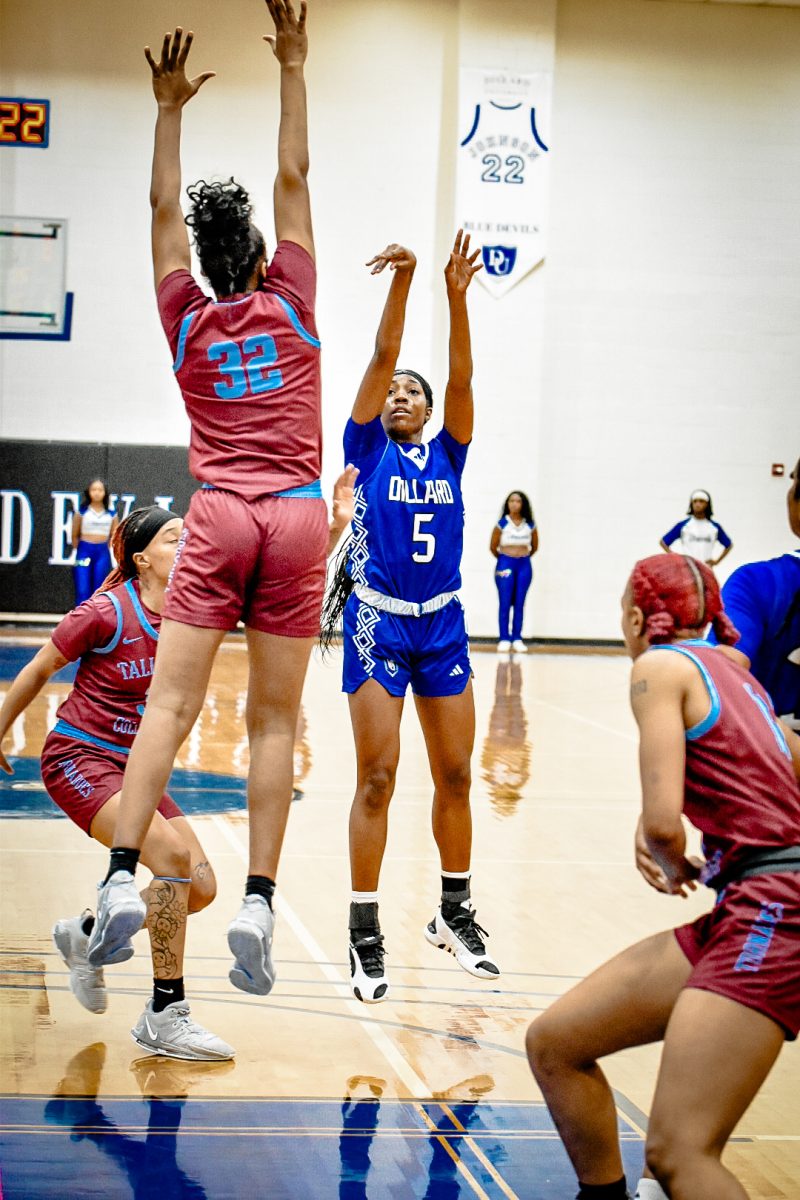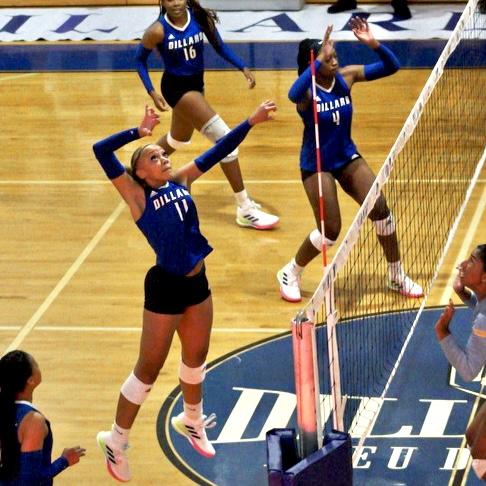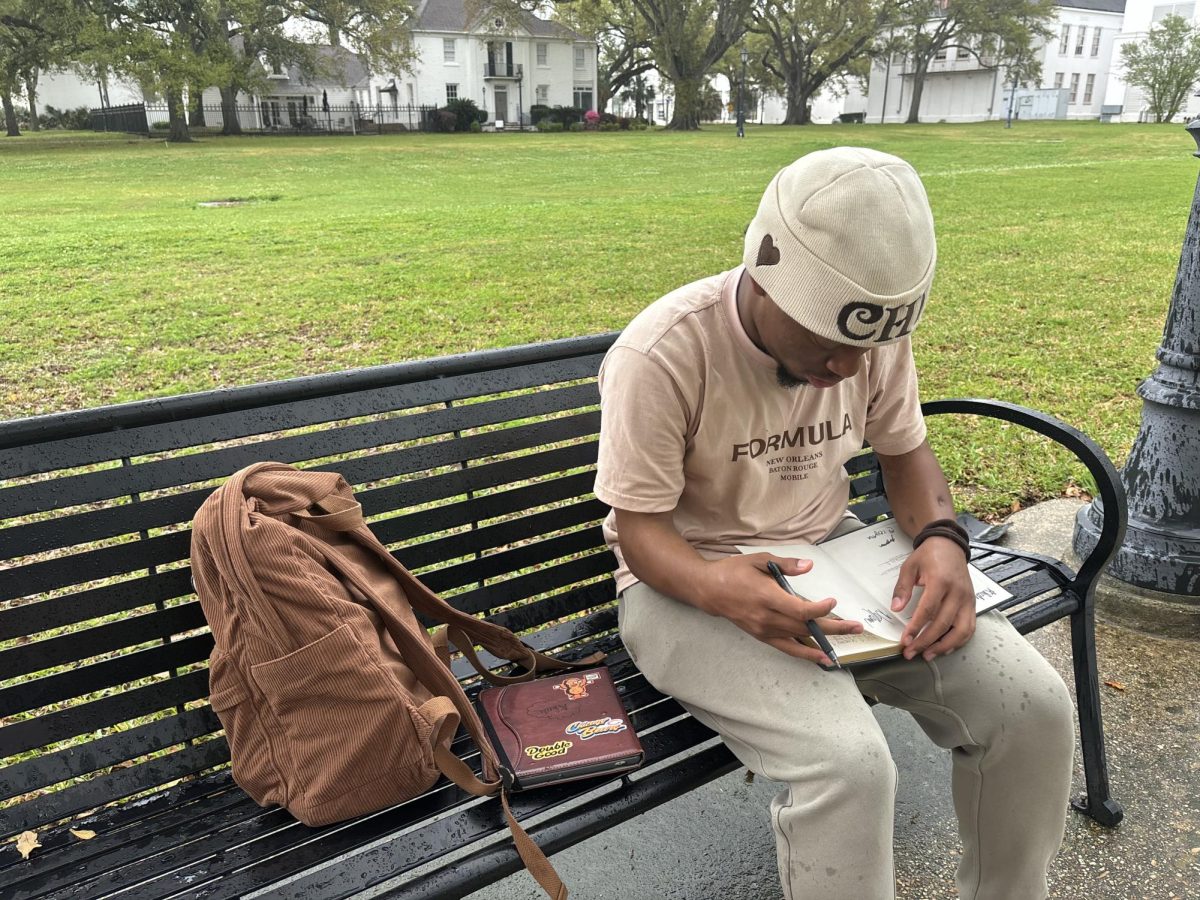Tuition is rapidly skyrocketing for both public and privateuniversities causing students to look into more financial aid andforcing some to get part-time jobs.
The cost of getting an education is climbing the ladder becauseof the slumping economy.
“State economies are in really, really bad shape. When stateeconomies are not doing well, one of the first services that getscut is funding for higher education,” according to Carl Krueger, apolicy analyst at the Education Commission of the States.
Research made by the American Association of State College andUniversities proves that last year, tuition at state universitiesincreased approximately 9.6 percent. This year many state collegesexpected to see an increase of 12 percent and some schools areshocking students with much higher numbers. For example, KansasState University last year’s tuition was 25.1 percent but theyfigured that it just was not enough so adding another 20.3 percentthis year was a choice they made according to the AmericanAssociation of State Colleges and Universities.
Students in New York and California have been faced with aswallowing tuition increase of 20 to 25 percent and higher. Notonly have state universities increased the costs, the privateuniversities have done the same. Tuition at private college wasexpected to increase 5.8 percent this school year. At most privateuniversities the cost of usually starts at $18, 273 but now thetuition was expected to see an addition of $1,060.
Many students see these changes and wonder what are the reasonsfor the increasing numbers at the attended colleges. Many collegesand universities have increased this year as well as the past yearsto make up for state budget cuts and to keep the pace with growingstudent enrollments and rising costs for health insurance, buildingrenovations and construction. Even though a small number ofuniversities are not bothering the tuition to provide morefinancial aid to students, the aid is not necessarily attacking theones who need it the most.
Inflation in the economy seems to be decrease and is pushing thetuition figures higher and higher each year. Since the end of WorldWar II, the fees at the nation’s most selective private and publicinstitutions, after inflation decrease, have risen by 300percent.
A new survey from The College Board reports that nationwide feefor tuition for the 1995-1996 academic year rose six percent onaverage from a year earlier and is continuing this year. The costof a college education is rising about double the rate ofinflation. According to The College Board survey, the average costfor one year of college including the tuition, room and board,fees, books, and personal expenses equals up to a whooping $19,762at a four-year private college and $9, 285 at a public institute.
In President Bush’s 2002-2003 campaign report, the study showsthat inflation wages dropped 0.2 percent while tuition increased by13 percent. The campaign says a tuition increase is the largest onthe record for a comparable time span.
According to the Journal of Blacks in Higher Education, criticsof colleges’ pricing point out that there are no marketplace forcescurbing these high tuition increases. Parents believe in sendingtheir children to these selective colleges to succeed in life. Inmany situations these give private and public college the power topay little or no attention to the internal costs. The mostselective institutions have discovered that they can meet thebudgets through charging parents almost whatever they please.
The tuition increase factor also plays a role in thehistorically black universities as well as the other surroundinginstitutions in the Louisiana area. According to Ian Morrison, anewspaper writer for The Maroon, tuition and other fees forundergraduate students attending Loyola University in New Orleans,La have been increasing steadily since 1983.
For the 2001-2002 academic year, the total costs for one yearwas a total of $16,700 but today only a semester costs $8,498.50.According to a college web site, www.petersons.com, in 2002-2003school year, the cost of living at Dillard and Xavier Universitywas $9,810 and $10,100. This year $1,000 was added to Dillard’stuition and only $400 was added to Xavier’s tuition. With thesenumbers steadily increasing, students are forced to look intogetting more aid from school.
According to an article in The Greyhound, a student newspaper ofLoyola College, the amount of student aid from loans, grants andscholarships is spread between a greater amount of financial aidapplicants. Students received over $105 billion in financial aidfor undergraduate study in the 2002-2003 school year causing anincrease of 12 percent after inflation. The problem is asenrollment increases, the amount of financial aid to be distributedbecomes affected.
Even though many students may look towards financial aid fromschooling or the state to help with the high tuition costs, theextra funds needed for survival become short. According to PaidEmployment among U.S. College Students, an article by David Stern,a fraction of U.S. college students who work for pay during theacademic year has grown steadily from the early 1960s through themid-1980s. Most students work in paid jobs while attending classes.From 1959 to 1986, the employment rate of college students rosefrom 35 to 56 percent among females and from 50 to 57 percent amongmales, noted in the U.S. Bureau of Labor Statistics.
Many students now take on their personal responsibilities andstop depending on mother and father for that extra dollar in theirpockets. “My parents did not have the funds to provide me with thenecessary items that I wanted so I took it upon myself to get apart-time job,” expressed Jovan Thomas, a junior at DillardUniversity working at American Eagle. In other cases, students mayhave to get a part time job to help their parents out with thetuition costs and for personal usage.
“I got job because I know that college is high and I did notwant to put that burden on my mother’s shoulders. I wanted to helpout as much as I could and take on that independence,” said MaiganFrancis, a junior at Dillard University who previously worked at aNew Orleans Snow Ball stand. Students also feel that they are oldenough to be on their own and do not want to depend on mother andfather for the extra funds and tuition costs.
“I hate asking my parents for so much money. I decided to get ajob and I want to feel more independent,” said Ronika Dunnaway, ajunior at Dillard University who worked at both Foot Action andFoot Locker Athletic Shoe store.
Sachiko Jackson, a junior attending Dillard University whileworking at Foot Action Athletic Shoe store said,”I hate calling onmy dad evey few minutes for money so I decided to take matters inmy own hands and get a job.”
Balancing both classes each day and a part time job can be verydifficult, but in the future it pays off for many students. Datacollected by the National Longitudinal Survey of Young Men showsthat students who are employed advance in a solid career dependingon how it affects the performance both in school and in the labormarket. If working during college does not affect the schoolperformance but does lead to higher salaries, then it is anunambiguous benefit. On the other hand, if paid employment causeslower grades then it could hurt students in the long run.
Education is an important factor in the human capital. Thegovernment plays an active role in financing higher education toprovide universal access in and out of college. Government attemptsto improve college affordability but federal aid programs are justfalling short today.
More scholarships, grants and other types of aids are beingthought of to assist students in their college funding to preventhigh dropout rates and not attending college rates. The solution tothis situation will fall in the hands of the next U.S. President,George Bush or John Kerry. The decision will be to provide studentswith Pell Grants giving them $4,500 a year or raising the amount ofgrants and loans to one percent.





